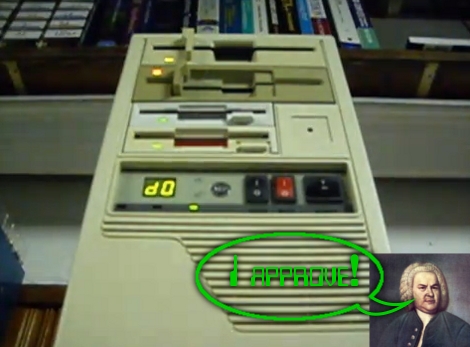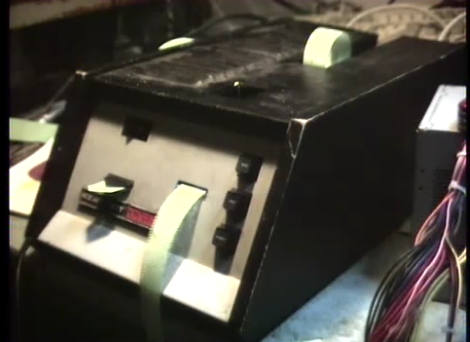
[NeoTechni] wrote in to share the new game peripheral she built, dubbed the NES Paul. The ultimate goal of the project was to build a NES-styled controller for an upcoming game she is working on, tentatively titled 8-bit Hero. The guitar is constructed primarily from wood, as well as some scrounged bits she had around the house. An Xbox 360 controller was dismantled and wired to provide input for the guitar’s buttons and D-Pad. Even the Xbox controller’s rumble packs were used in order to provide visual feedback of missed notes via LED tuning pegs on the guitar’s headstock.
The writeup is broken into several pieces as it was put together in a handful of Google Buzz posts, but it is still relatively easy to follow. We can’t wait to see how the project comes together once the game portion has been completed.
















